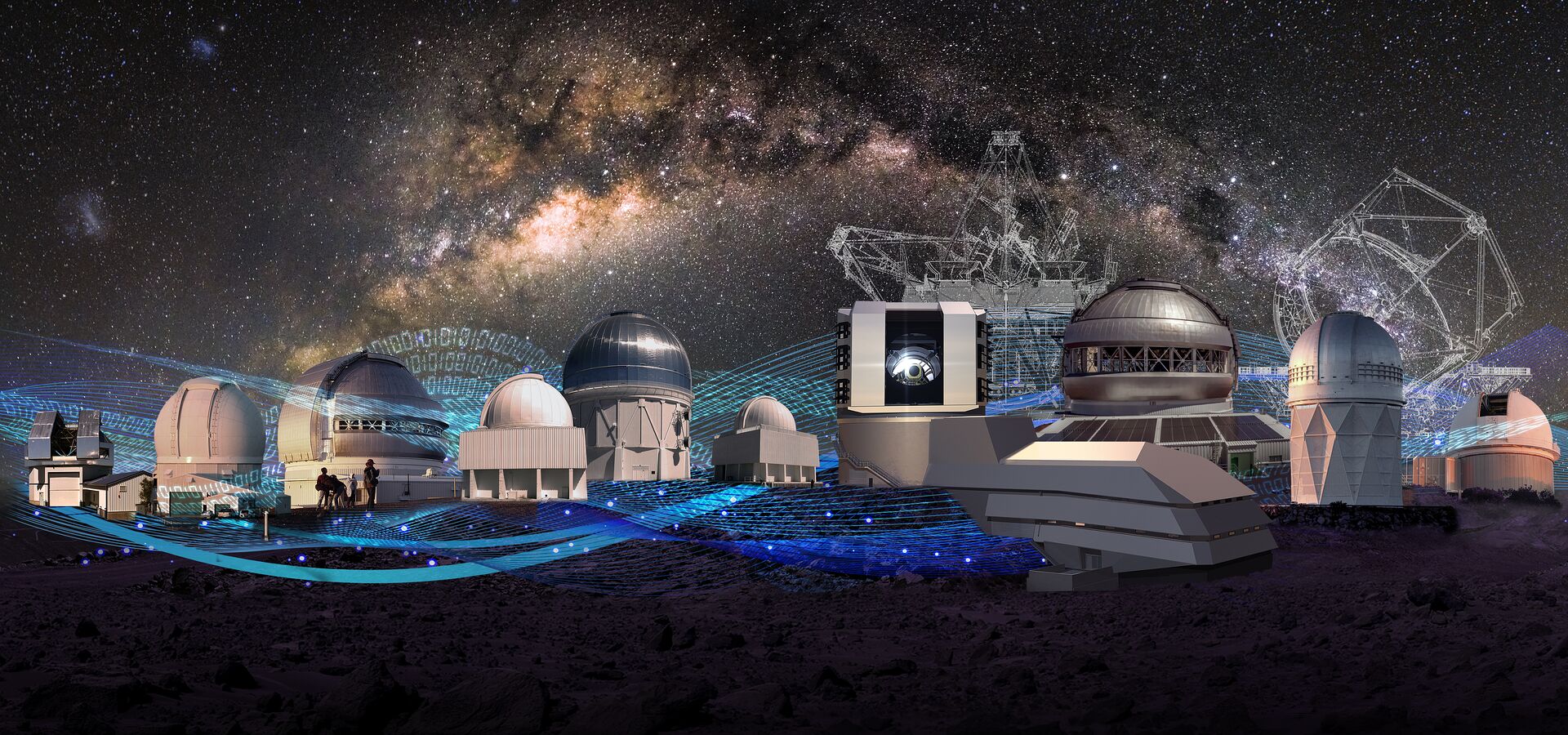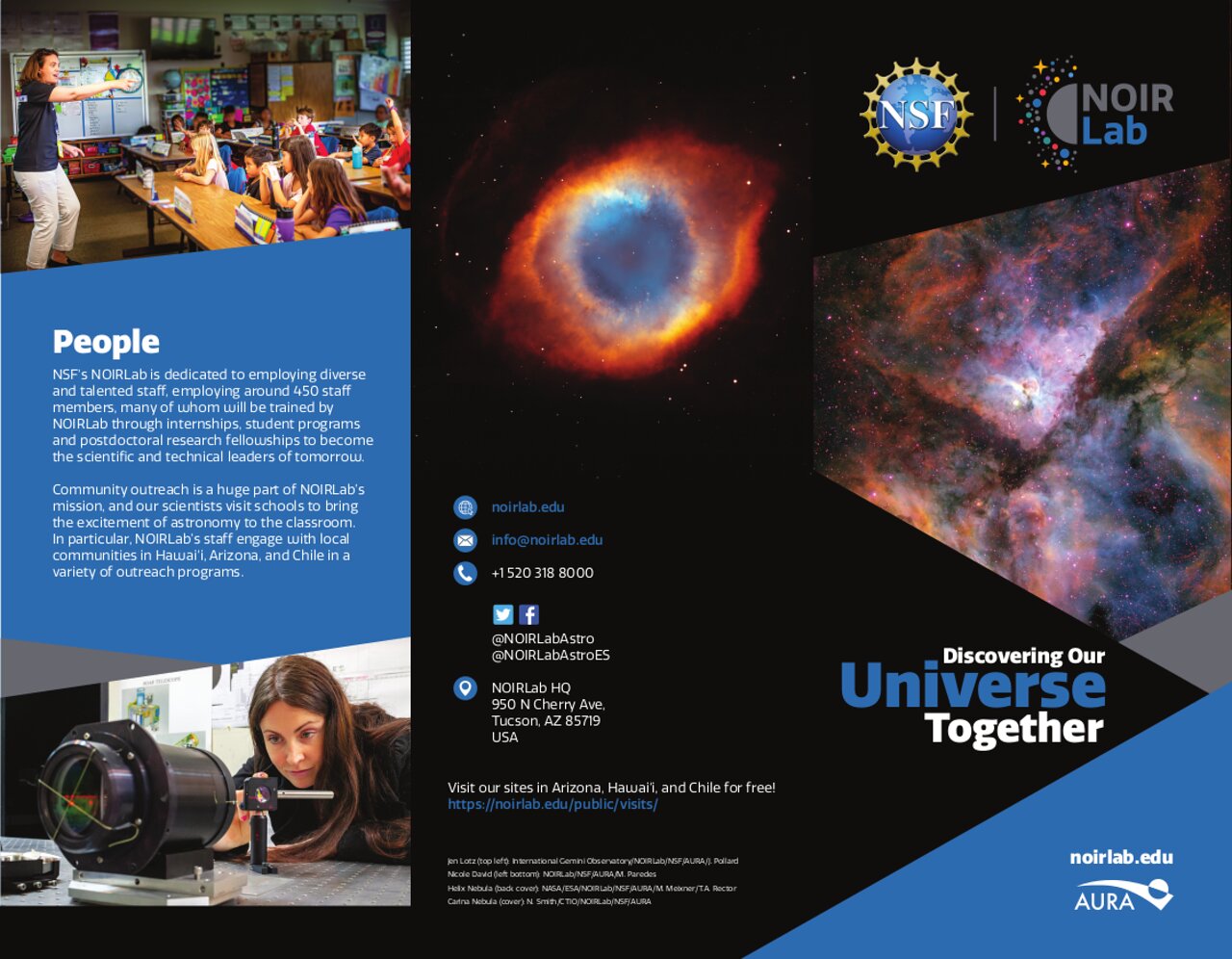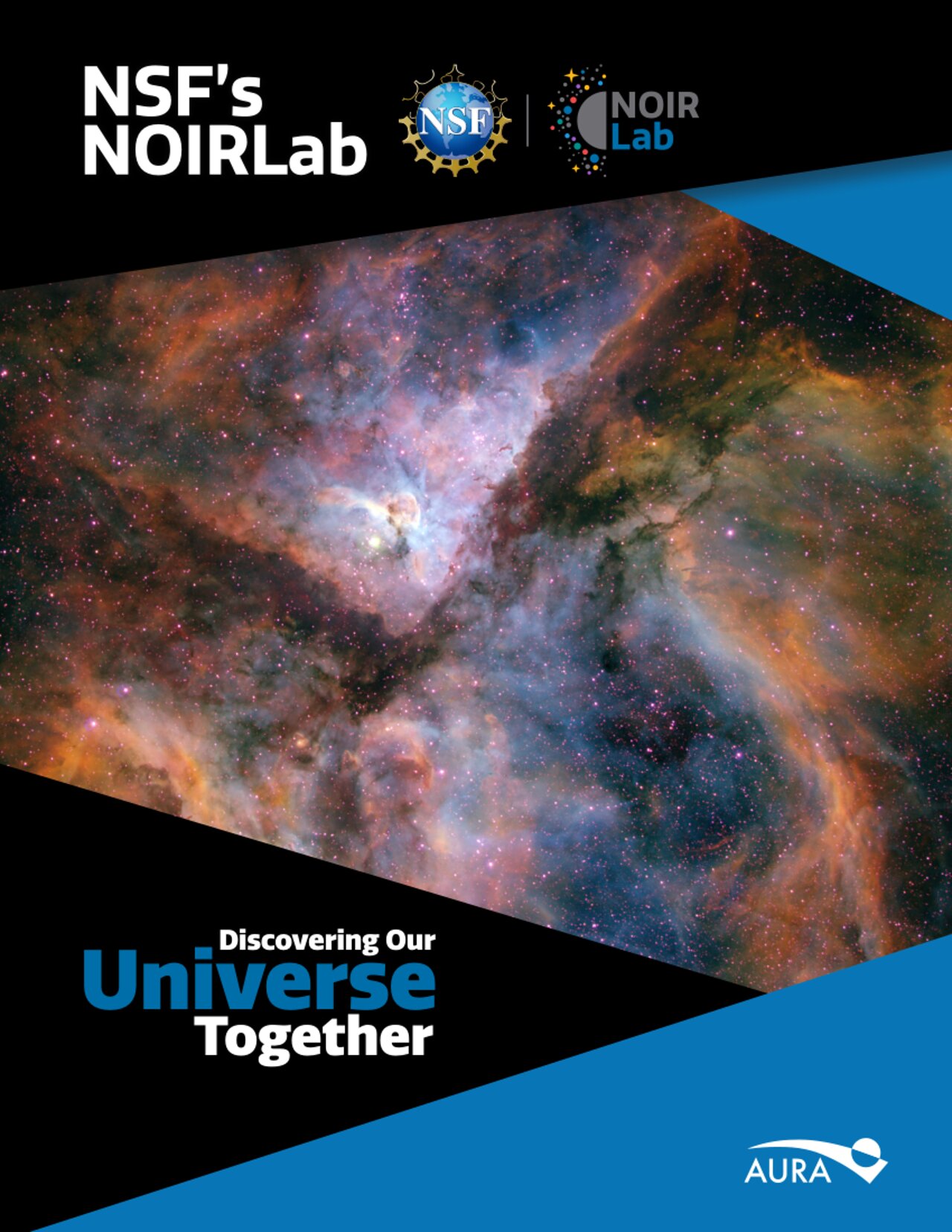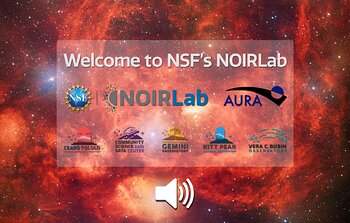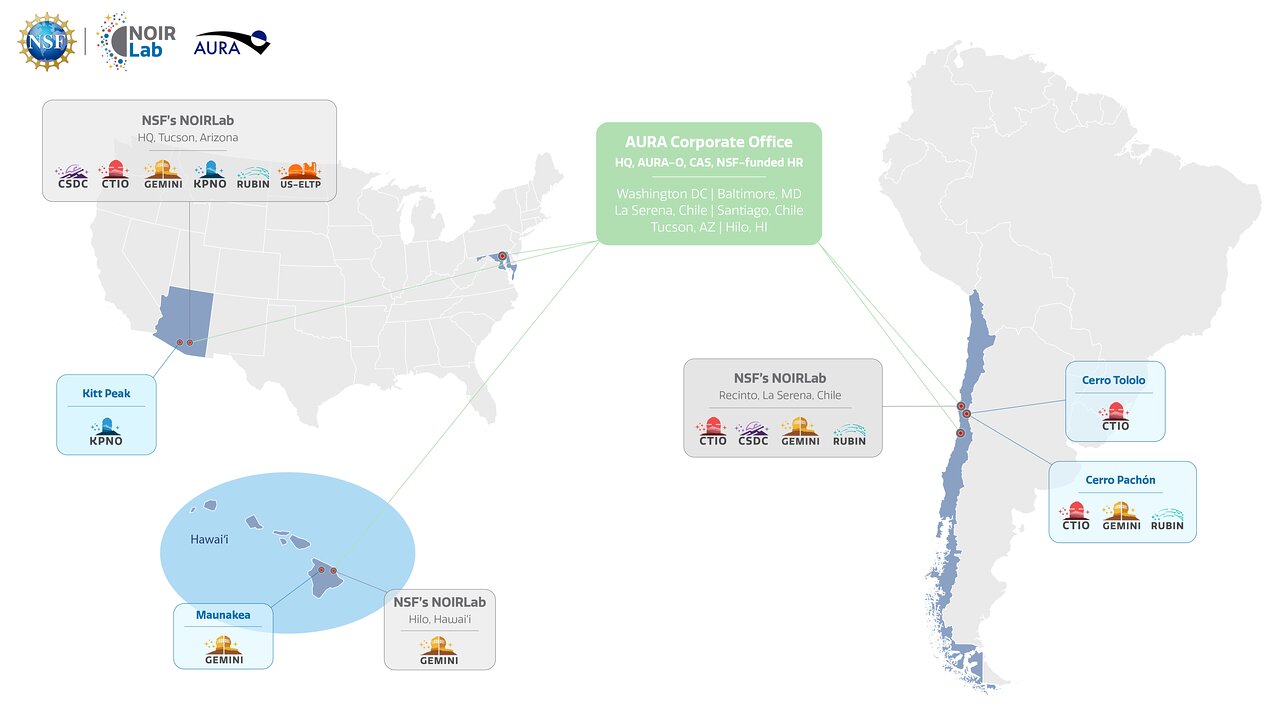About NOIRLab
Mission: Enabling and sharing breakthrough discoveries in astronomy and astrophysics with state-of-the-art ground-based observatories, data products, and services for our community.
NSF NOIRLab (formally named the National Optical-Infrared Astronomy Research Laboratory) is the US national center for ground-based, nighttime optical astronomy.
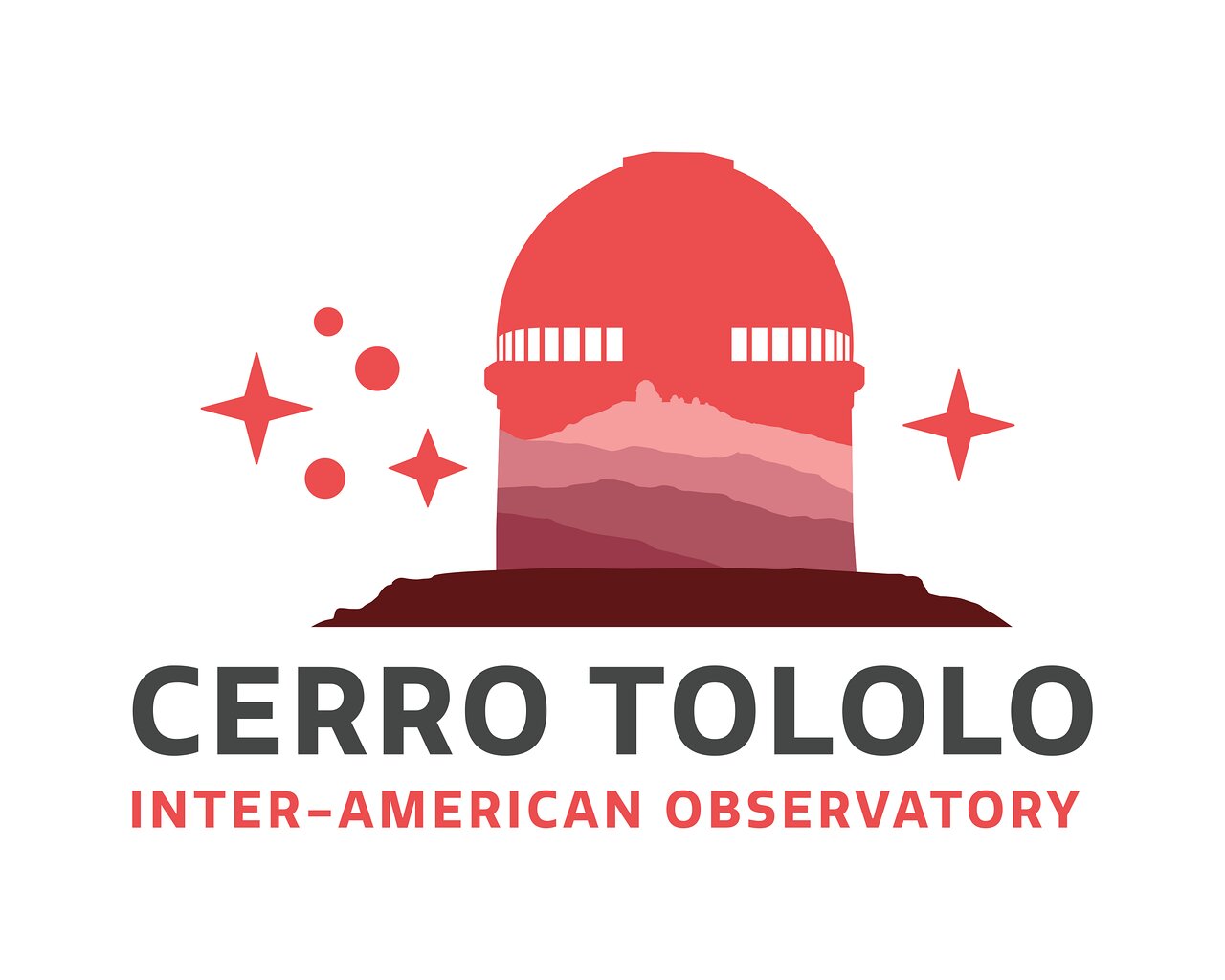 |
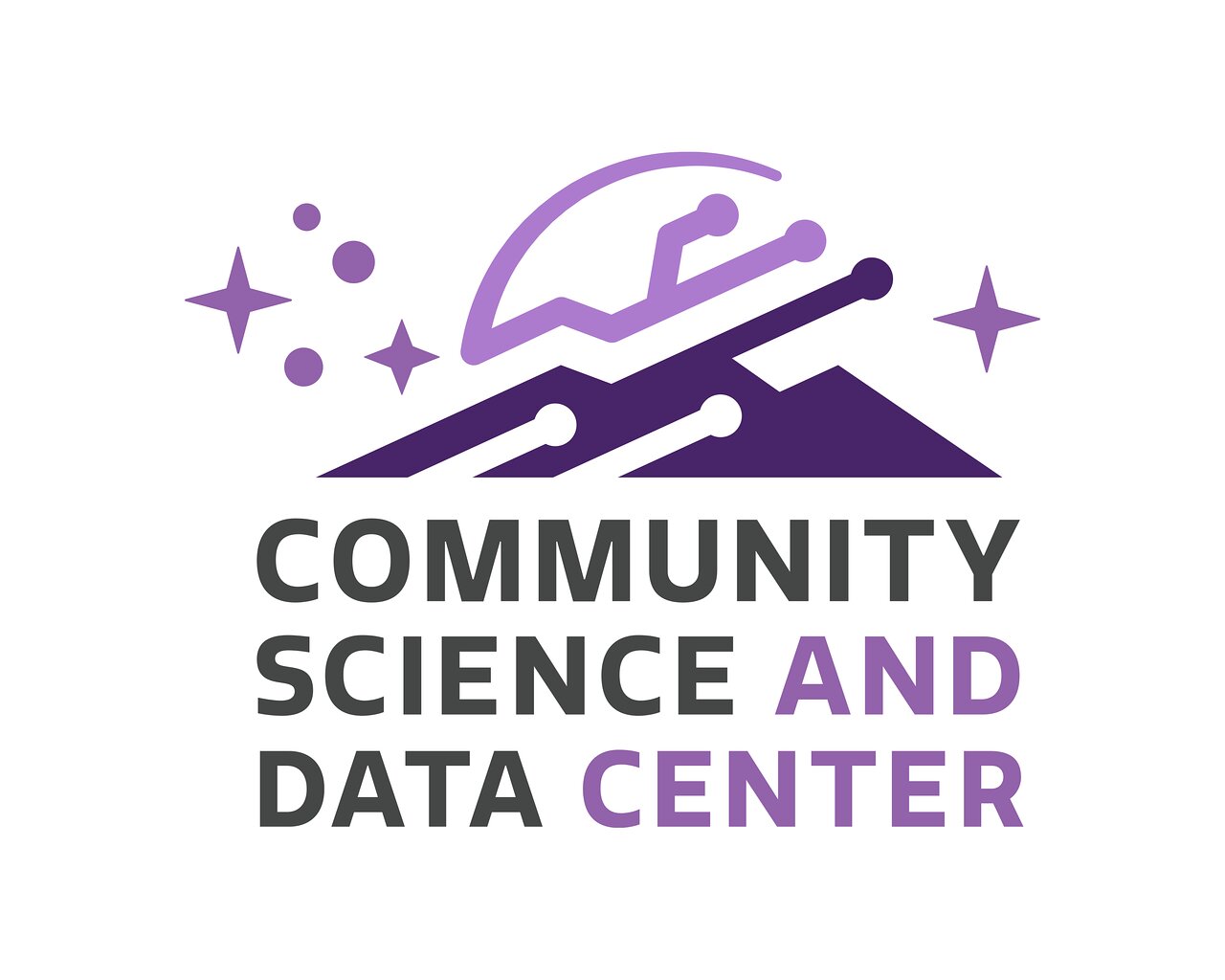 |
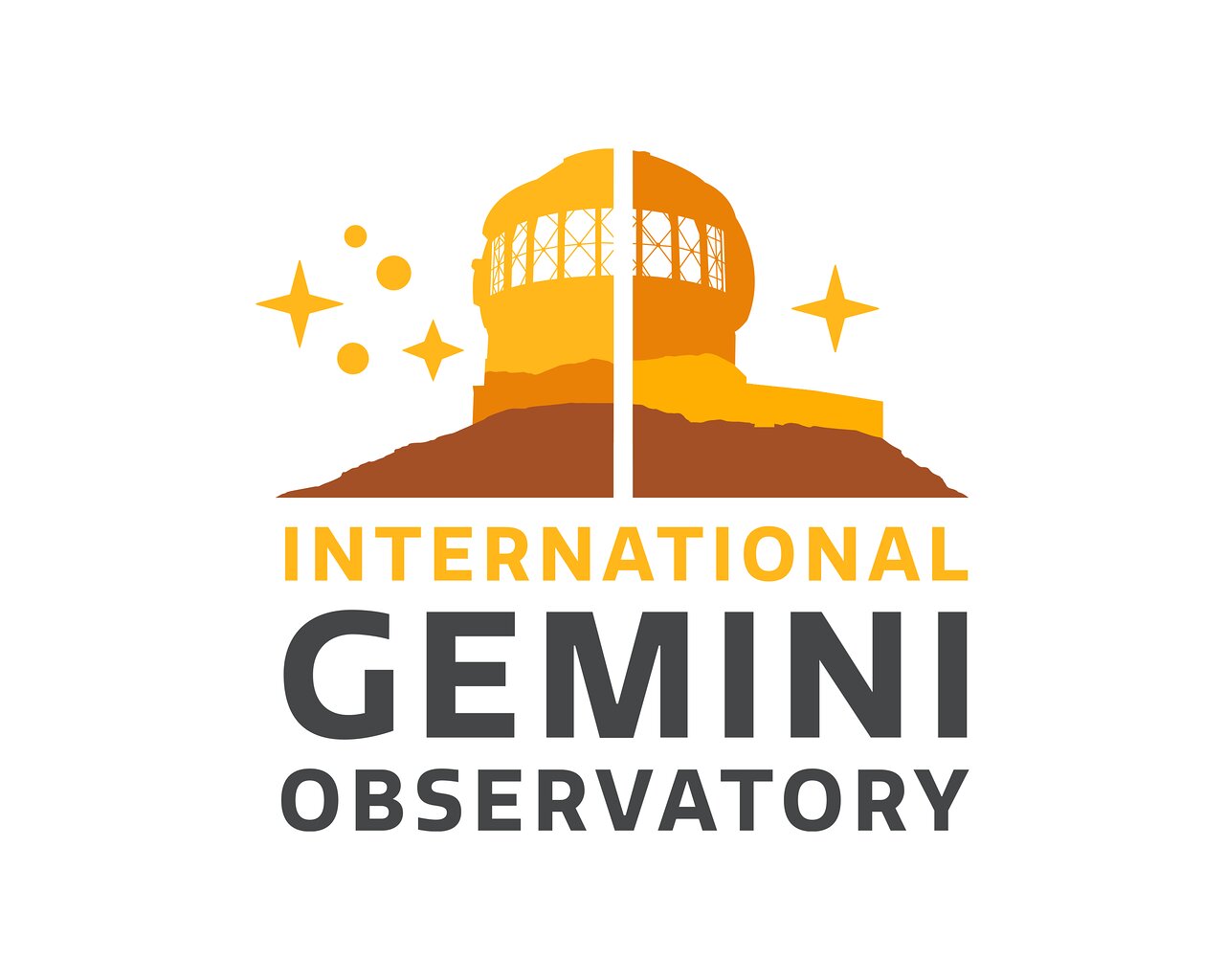 |
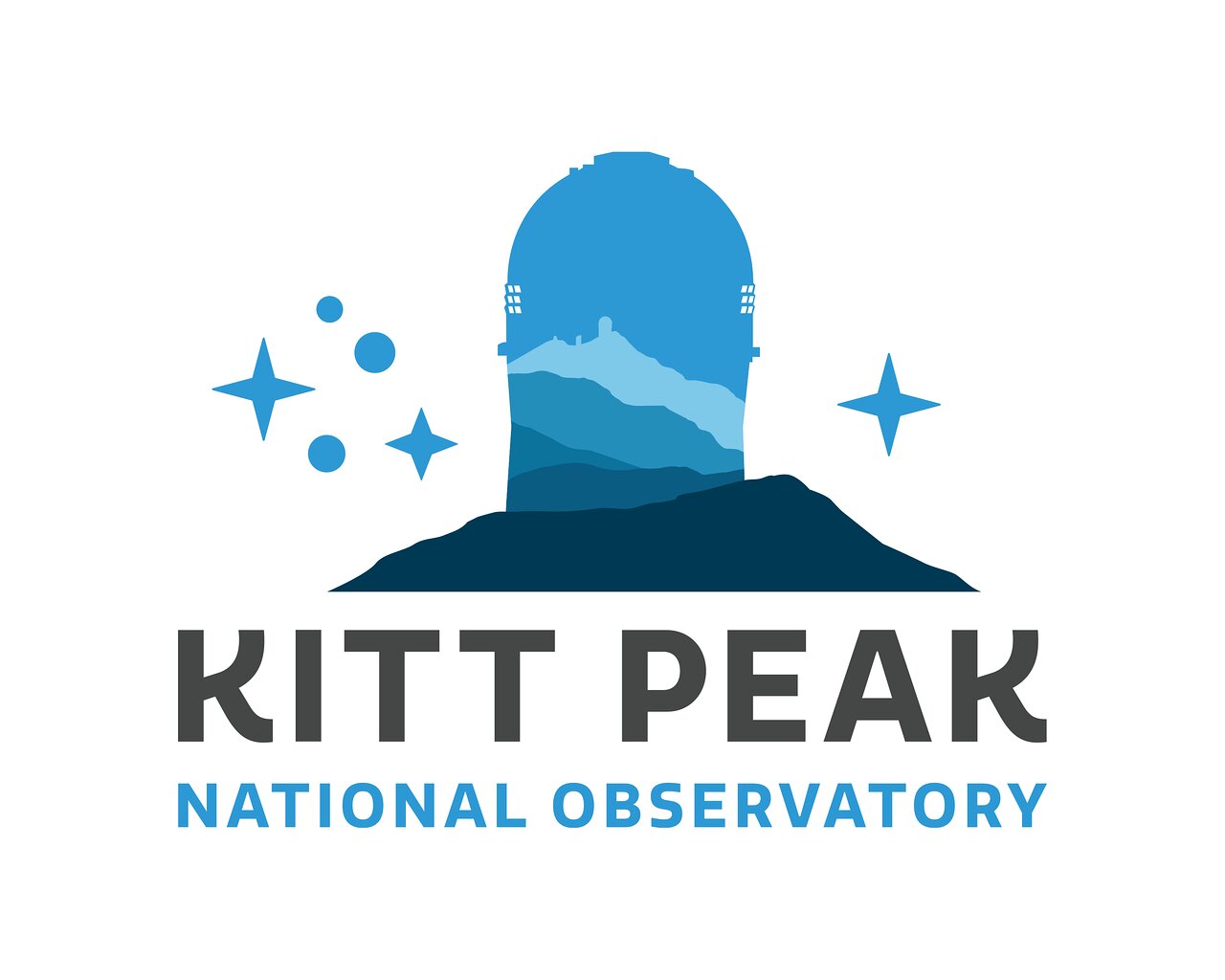 |
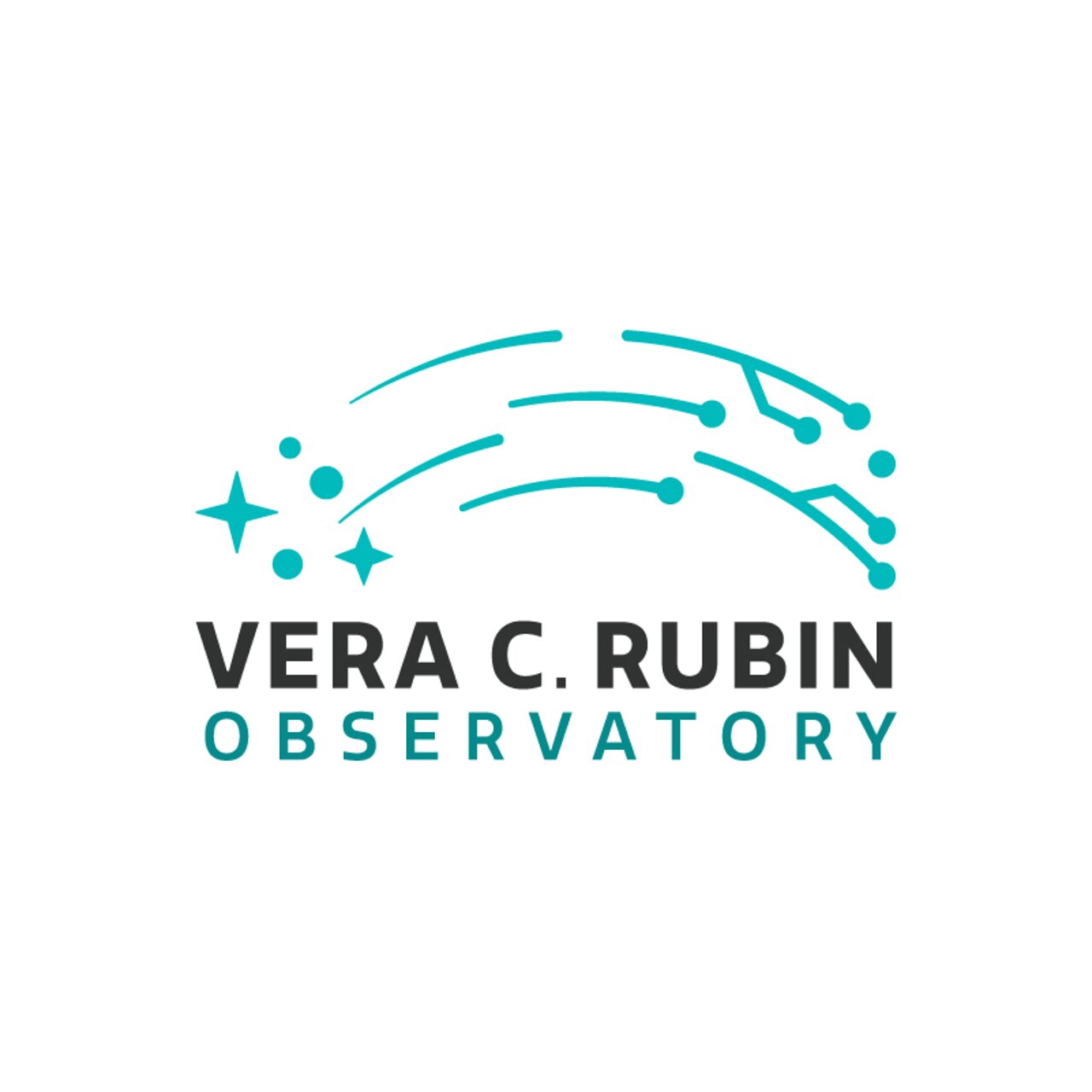 |
Through its five programs — Cerro Tololo Inter-American Observatory (CTIO), the Community Science and Data Center (CSDC), the International Gemini Observatory, Kitt Peak National Observatory (KPNO) and Vera C. Rubin Observatory — NOIRLab serves as a focal point for community development of innovative scientific programs, the exchange of ideas, and creative development. The lab’s infrastructure enables the astronomy community to advance humanity’s understanding of the Universe by exploring significant areas of astrophysics, including dark energy and dark matter, galaxies and quasars, the Milky Way, exoplanets, and small bodies in our own Solar System.
NOIRLab enhances the strengths of each facility and provides new opportunities for staff while expanding scientific capabilities and improving the experience for users. By providing cutting-edge facilities that benefit both the staff and the scientific community, the lab positively impacts ground-based nighttime astronomical science. In addition, the lab focuses on developing international collaborations and partnerships to advance ground-based optical and infrared facilities and capabilities.
In collaboration with the astronomical community, partner organizations, other US optical and infrared system operators, and NSF, NOIRLab develops and advances a strategic vision for NSF-funded future optical and infrared facilities.
The astronomical community is honored to have the opportunity to conduct astronomical research on I’oligam Du’ag (Kitt Peak) in Arizona, on Maunakea in Hawai‘i, and on Cerro Tololo and Cerro Pachón in Chile. We recognize and acknowledge the very significant cultural role and reverence that these sites have to the Tohono O'odham Nation, to the Native Hawaiian community, and to the local communities in Chile, respectively.
The Association of Universities for Research in Astronomy, Inc. (AURA) operates these facilities and NSF NOIRLab under a cooperative agreement with the U.S. National Science Foundation (NSF).
